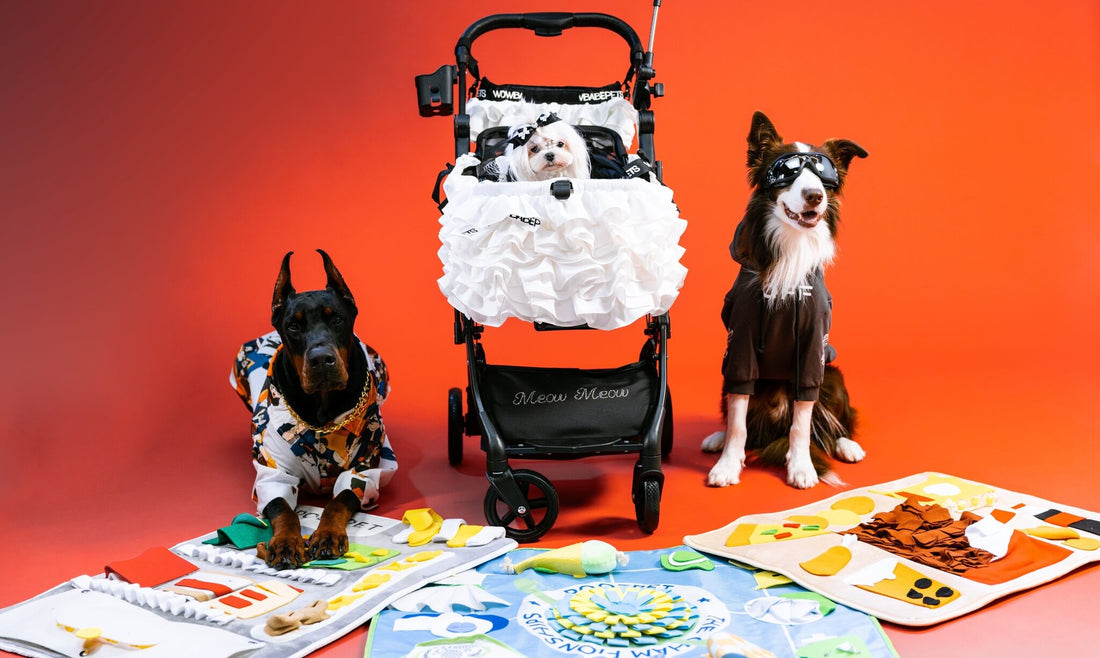Selecting the right toys for pets is essential for their physical and mental well-being. This guide aims to help pet owners navigate the vast array of pet toys available, ensuring they make choices that are not only enjoyable for their pets but also safe and beneficial for their health and behavior.
Understanding Your Pet’s Needs
The first step in selecting the right toy is understanding your pet’s individual needs, which vary based on species, breed, age, and temperament. For instance, a toy suitable for a young, energetic dog might not be appropriate for an older, more sedate cat. Understanding your pet’s unique personality and preferences is key to making the right choice.
Toys for Dogs
Dogs are generally active and social animals that need both physical and mental stimulation. When choosing toys for dogs, consider the following types:
- Chew Toys: Ideal for teething puppies and dogs that like to chew. Durable rubber or nylon toys can prevent them from chewing on inappropriate items.
- Interactive Toys: Toys that promote interaction with their owners, like balls and frisbees, are great for physical exercise and bonding.
- Puzzle Toys: These toys stimulate a dog’s mind, keeping them engaged and often helping with anxiety and boredom.
- Plush Toys: Some dogs enjoy the comfort of a soft plush toy, though they may not be suitable for aggressive chewers.
Toys for Cats
Cats require toys that cater to their natural hunting instincts and provide them with opportunities for solitary play. Consider the following:
- Interactive Toys: Toys like laser pointers and feather wands mimic the movement of prey, stimulating a cat’s natural hunting instincts.
- Puzzle Toys: These can challenge a cat’s intellect and are particularly beneficial for indoor cats.
- Scratching Posts: Essential for cats to maintain their claw health and fulfill their scratching instincts.
- Balls and Mice: Small, movable toys can provide hours of entertainment.
Safety Considerations
Safety is paramount when selecting toys for pets. Avoid toys with small parts that can be swallowed or chewed off, as they pose a choking hazard. Regularly inspect toys for signs of wear and tear, replacing them when necessary. Ensure that the toy’s size is appropriate for your pet to prevent accidental swallowing.
Age and Size Appropriate Toys
Choose toys that are appropriate for your pet’s age and size. For example, toys for kittens and puppies should be smaller and softer than those for adult animals. Larger pets require sturdier toys that cannot be easily destroyed or ingested.
Encouraging Active Play
Toys that encourage active play and exercise are beneficial for a pet’s physical health. This is particularly important for pets that spend most of their time indoors.
In conclusion, selecting the right toys for your pet is an essential aspect of their care. It requires an understanding of your pet’s specific needs and preferences. By choosing safe, appropriate, and stimulating toys, you can enhance your pet’s quality of life, providing them with fun, exercise, and mental stimulation. Remember, the best toy for your pet is one that they enjoy and can safely play with under your supervision.

